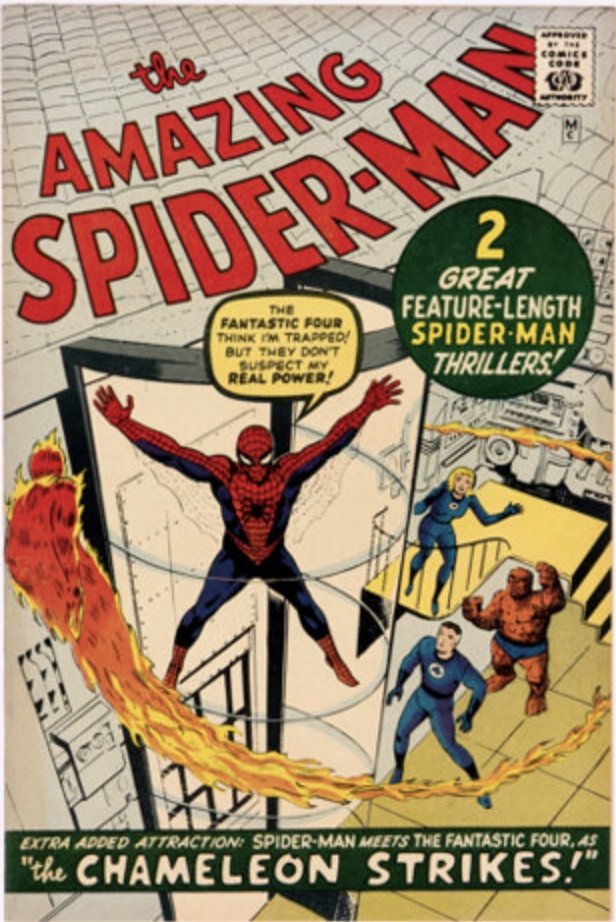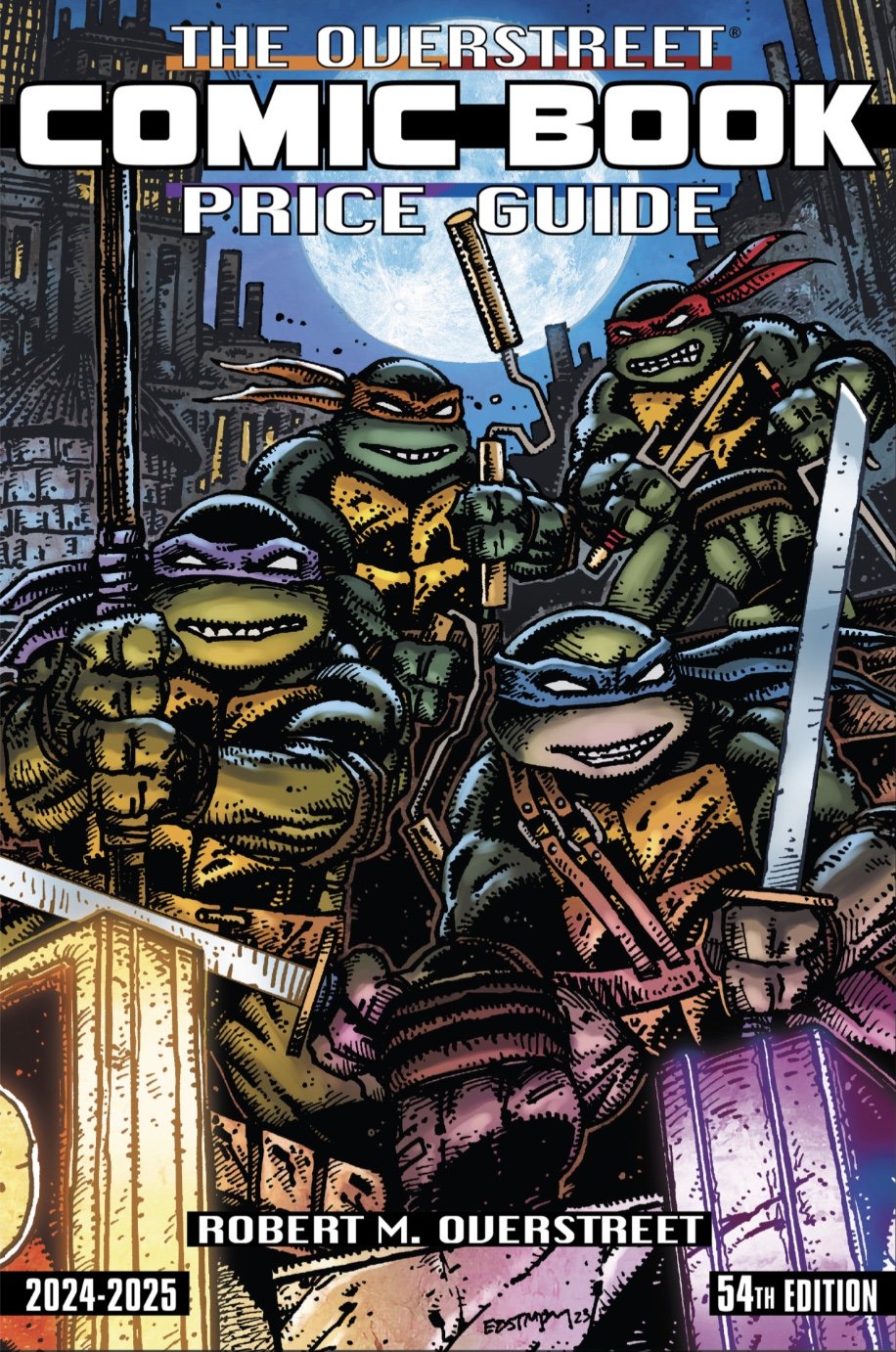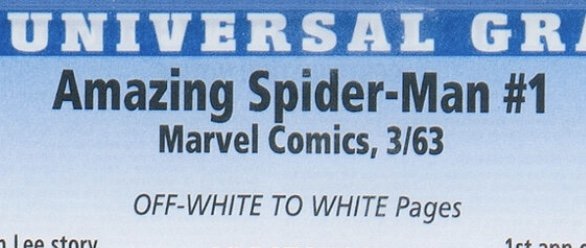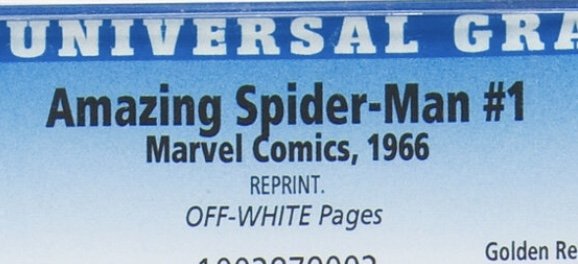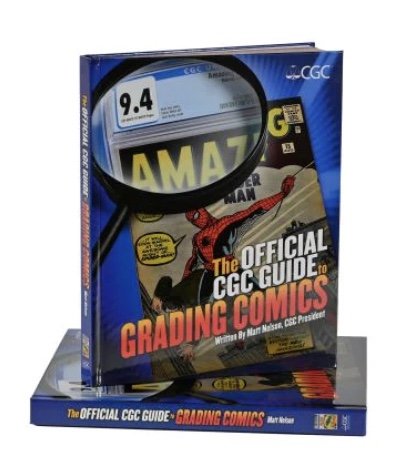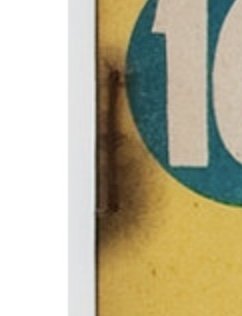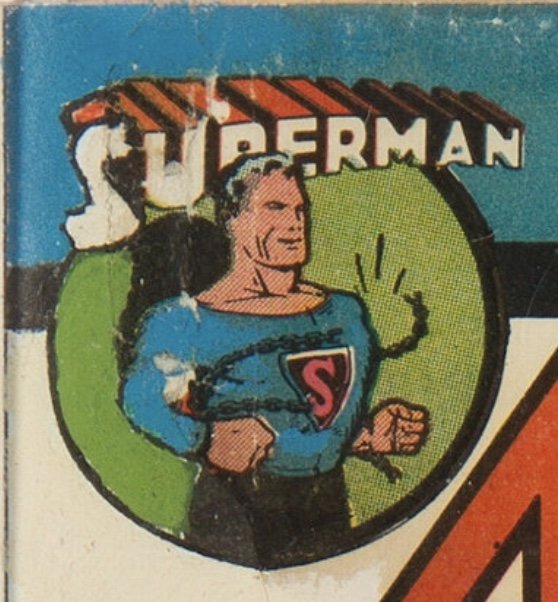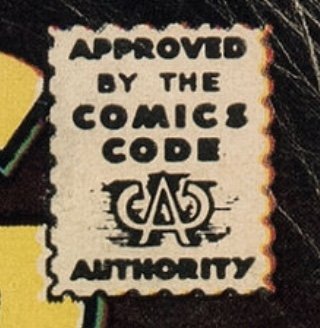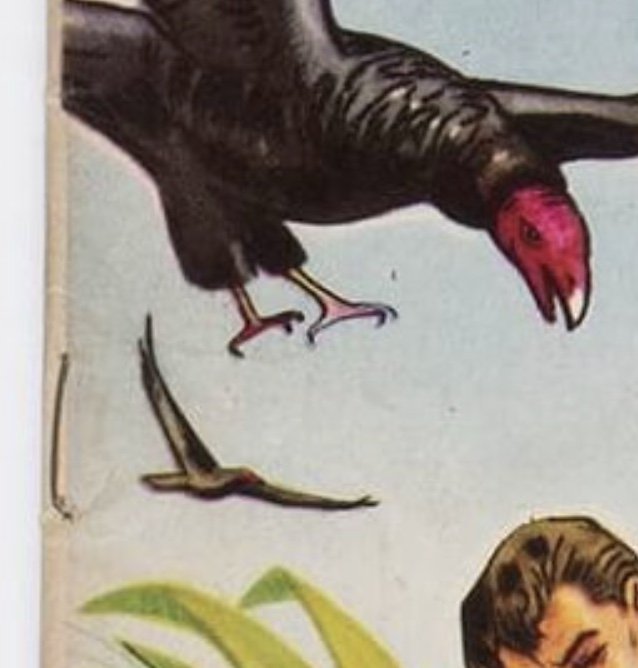Buying CGC Comic Books at a Reasonable Price
Have you ever paid too much for a comic book? I have, and I’m guessing you have too.
In the best case scenario, if you pay too much, you will have eaten into future profits. In the worst case scenario, you will have unknowingly thrown good money into a worthless comic.
Why do we pay too much?
Sometimes, we pay too much because of forces beyond our control. For example, few people can time the market with precision. You may have bought a fairly-priced book in 2021 that has plummeted in value since. Rookies and experts alike have made bad bets on the timing front.
In other instances, ill-advised buying is due to a lack of knowledge. In other words, there is something that is knowable that an investor does not know or did not know at the time of purchase. For example, I paid above fair market value for a blue label copy of Detective Comics 31 (the all-time classic Dark Knight cover from 1939). I didn’t take into account that it had slightly brittle pages. I remember several commenters on the CGC boards ridiculing my purchase.
The board members were correct. The investment did not pan out. I should have factored the page quality into my valuation. It was an intermediate-level mistake. Lesson learned.
What this article will cover.
I will provide advice differentiated by collector experience. What should and shouldn’t they buy? What knowledge and skills will they need to level up?
The good news is this. All of the advice provided in this article can be boiled down to a simple lesson: Buy what you know and understand.
The bad news: Many collectors don’t know what they don’t know.
I hope this article illuminates common blindspots and helps you level up without the costly mistakes that have haunted many collectors.
Let’s begin with the Rookie.
This term is sometimes used derisively, not so here. In this context I’m referring to a person who may know about comic book culture but not about comic investing. They have watched dozens of superhero movies and cartoons. They may have bought dozens, hundreds, or even thousands of comic books as a kid. They recently have returned to comic books, have some money in their pockets, and are looking to obtain valuable comics they can enjoy.
These individuals are exactly who we want to enter into and enjoy comic book investing. The hobby can be so fun and rewarding. Unfortunately, rookies are also the people at the highest risk of making bad decisions, being taken advantage of, and becoming jaded quickly.
Let me provide an example of a rookie mistake. Rookies may have heard that first issues are valuable (which they often are). And, they may have heard that a book like Spider-man #1 is a major key. However, they may not be able to differentiate among these three books.
First Issues of Spider-Man
The first is Amazing Spider-man #1 from 1963, a sought after legitimate key worth thousands of dollars, even in low grade. The second book is the Golden Records Reprint from 1966, valuable but not in the same ballpark. The final book is the uber-common Spider-man 1 from 1990. Someone could get a copy for a few dollars. You could see how a new collector could get into trouble for mistaking either the second or third book with the first. Just go to eBay and you can find examples of unscrupulous sellers taking advantage of the understandable confusion.
By the way, if you are wondering how to tell the difference between the first and second image, look at the upper left hand corner. Amazing Spider-man #1 from 1963 features the original price of 12 cents. The Golden Records Reprint does not.
What Should and Shouldn’t Rookies Buy?
Rookies should only buy for fun, and sit on the bench for high-value books until they level up. The great news for rookies is that leveling up is much easier now than it was in the previous millennium.
How Can Rookies Level Up?
The goal for rookies is to learn enough to avoid catastrophic mistakes.
The below breakdown summarizes the knowledge and skills needed for the INTERMEDIATE level and a few resources that can be used to achieve them.
Intermediate Collector: Knowledge and Skills
1. Identify a few reputable places to buy comic
HA.com (Heritage Auctions)
These are huge dealers/auction houses. All have been in the business for decades. Often the best deals can be found at auctions.
2. Know which comics are valuable
Many people in the hobby consider the Overstreet Price Guide to be the bible in the hobby. It lists the most valuable comic books for every age: gold, silver, bronze, and modern. Warning: The prices provided are loose guides and can become outdated quickly. For more up-to-date pricing use GPAnalysis (resource #7).
3. Buy ONLY Universal (i.e., blue-label) CGC books
CGC is, by far, the most established 3rd-party grader of comic books. The blue label according to CGC…
is given to collectibles that are simply the grade as marked, with any special information, such as an unverifiable signature, noted on the label.
AVOID labels of a different color because the pricing is MUCH, MUCH more complicated. Advanced and Expert collectors should only venture into these dicey waters.
Check out CGC Labels for more information.
4. Understand what grades represent
Go to any of the sites mentioned in Resource #1 and examine comic books at different grades to get a sense of what they represent.
CGC uses a scale from 0.5 to 10 to designate the condition of a comic book. You don’t have to be an expert grader yourself to feel o.k. about a purchase. CGC has done this hard work for you! Note that learning how to grade becomes important at the higher experience levels.
Go to CGC Grading Scale to learn more about the different labels of grading.
5. Buy the intended comic (e.g., not mistaking another book for an Amazing Spider-man #1)
Examine the CGC blue label. Make sure the publication date matches AND that it is not a reprint or later printing if you are seeking the original.
CGC does a nice job of clearly identifying the series (e.g., Amazing Spider-man) the issue number (e.g., #1), the publisher, publication date, and additional notes (e.g. REPRINT).
ALWAYS, ALWAYS read the fine print and know the publication dates of the books you are seeking.
6. Buy books with moderate to high CGC census counts
Overstreet Advisor and fellow GPAnalysis contributor Greg Holland lists the top 2,500 most graded comic books by CGC count. See the list here.
Books with moderate to high CGC census counts often sell frequently, thus making interpretation using GPAnalysis (resource #7) straightforward.
7. Use GPAnalysis to buy books at fair market value
See GPAnalysis example for Incredible Hulk 181 (first appearance of Wolverine) at an 8.5, blue label.
As can be seen from this example, 13 copies have sold in the past 90 days at an average price of $5,758. The most recent sale was a bit lower at $5,101. Further, the multi-year graph shows steady growth from 2002 to through 2020, the COVID-19 explosion in 2021, a decline, and perhaps a recent steadying out. At this moment, a $6,000 offer/bid would be strong. A $5,000 offer/bid would be low.
The Intermediate Collector
This is a person who can correctly identify a CGC blue-label comic book, read and correctly process recent sales data using GPAnalysis, and buy from reputable dealers. In other words, they have a handle on the skills and knowledge laid out in the previous table.
They are a paint-by-the-numbers type of collector. As long as they recognize their skill level and limitations, they will avoid most catastrophic mistakes like falling victim to predatory scammers or bidding on the wrong comic.
Intermediate Collectors buy the grade. “This X-men 1 book is a 4.0, blue. Let me look up the corresponding 90-day average in GPAnalysis and, voila, I know my offer price.
They fail to recognize two books of the same grade often vary regarding eye appeal and other factors that may influence price. Color strike is one example. Assuming these two books were photographed in the same light, which would you prefer?
I would take the one on the right. Savvy collectors will pay more for vibrant colors, all else being equal.
What Should and Shouldn’t Intermediate Collectors Buy?
Intermediate Collectors should stick with blue-label (universal) CGC books. They should target comics with relatively high numbers graded by CGC. The good news here is that most sought-after comics from the late 1950s until today can be purchased using this guidance. Showcase Comics 4, Tales of Suspense 39, Hulk 181, Teenage Mutant Ninja Turtles 1, Spawn 1, and Ultimate Fallout 4 are fair game. Exciting!
They should avoid golden age (typically, originally priced at 10 cents) and other low-census books. They should avoid any label other than blue.
Further, Intermediate Collectors cannot grade comics on their own. If they buy raw comic books they are wholly dependent on the grade provided by the seller, which can often be grossly inflated. They will likely lose money when buying raw comic books
How Can an Intermediate Collector Level Up?
Going to the next level means a collector has a command of the hobby. and they can begin exploring niches. They take advantage of the margins in collecting and investing.
Advanced Collector: Knowledge and Skills
1. Accurately grade raw comic books
To date, this is the most comprehensive guide to grading comic books. Examples of books at different grades, explanations of defects, and explorations of various labels abound.
Read the book then practice, practice, practice. Grade some of your own raw books. Send to CGC and see how your grading compares to the experts.
The CGC Boards also provide a nice space for grading practice.
2. Identify preferable and non-preferable attributes of comic books
While two comics may have the same grade, one may exhibit better eye appeal. Perhaps one comic has a better color strike or better centering. On the negative end of the spectrum, rusty staples and brittle pages are despised.
Check out my video with Overstreet advisor Ben Labonog for more context.
3. Identify restoration on a raw comic book
Restored comics often sell for a fraction of their non-restored counterparts. Advanced collectors can spot most restoration in raw books. I provide an egregious example.
See video of CGC grader talking about a restored comic.
4. Recognize CGC graded books that are candidates for a higher grade
Dry cleaning and pressing are accepted methods of improving a comic book’s grade without incurring the purple (restored) label. Some comics currently sitting in CGC holders have the potential to be improved.
For more information, check out CGC’s pressing services.
5. Identify the major trends in comic book history
Title: The comic book in America: an illustrated history
Author: Benton, Mike
This relatively short video will help you get started. The Benton book is wonderful for a deeper dive!
6. Interpret the relationship between comic book age and rarity
Rare is a term that is egregiously over-used in comic book collecting. Don’t take the bait. I’ve included an overview video on rarity, a link to the CGC Census, and finally a link to Greg Holland’s excellent site: slabdata.com.
In broad strokes, books that originally cost 10 cents are often rare. 12 cent books are often scarce. Some modern variants are also rare, but they are often manufactured to be rare (e.g., a 1 in 100 variant).
7. Price rare comic books
The best tool is still GPAnalysis. However, the data is more difficult to interpret because it is sparse. For example, a rare golden age book may only have a few sales over the past decade! You need to know how price generally moves relative to grade and have a sense of how similar comics have performed. Extrapolation is your friend. An educated guess is about the best you can do.
In this video, I break down a step by step advice for investing in CGC comics.
8. Explore niches
Having a firm grasp on the fundamentals, an advanced collector can choose which rabbit holes to explore. There are many.
Exploring niches such as:
Qualified Comics
Resorted Comics
Conserved Comics
Pedigree Comics
Signature Series
Classic Covers
Variants
Foreign Editions
Particular Publishers
Particular Artists
The Official CGC Guide for Grading Comics is a good starting place for exploring niches.
I’ve also included a video on pricing restored comic books and a general video about comic book pedigrees.
The Advanced Collector
This person has a handle on the history of comic books, is competent at pricing raw or graded books from any era, and can even discern if a comic has desirable or undesirable characteristics for the grade. They are also competent in one or more of the hobby’s niches like restored, qualified, conserved, signatured, or pedigreed comics.
Advanced Collectors typically are good judges of what they know and what they don’t know. They realize few collectors can know everything and tend to buy and sell in areas where they are highly competent.
The Expert
In my opinion, the term expert is a misnomer in comic books. I don’t know anyone who is an expert across all comic books. The hobby is just too vast. What I have seen is advanced collectors who are experts on specific niches and/or on particular comic books. Some dealers and seasoned collectors are experts in many niches.
What Does Being an Expert on a Particular Comic Book Look Like?
You may be an expert when you are the one suggesting subtle corrections to an auction house listing featuring your book. You may be an expert when you recognize specific manufacturing defects related to a particular issue. You may be an expert when you realize the Canadian version of a particular comic book has only 32 interior pages compared to the 48 interior pages of the U.S. version. In other words, you know details about a book that the majority of dealers don’t know.
How to Achieve Expertise on a Comic?
You need to be a nerd. Read everything you can about the book. Learn about the publisher, the writers, and the artists. Look at all past auction sales. Handle as many of the books in raw form as you can. Look at the cover. Try to see patterns across multiple copies. Listen to seasoned collectors.
Personally, I have obsessed over Alex Schomburg’s airbrushed covers that were published from 1947 to 1949. I’ve handled hundreds of them, flipping through each page and obsessing over every detail. I would go to sleep, trying to picture every one of the 37 covers in my head. At one time I could tell you how many copies were on census for each book. I know and keep track of many of the sales that aren’t recorded on GPAnalysis. I know little details about specific books. For example, the bottom staple on Exciting Comics 64 is often crooked. These books represent my tiny area of expertise.
Exciting Comics 64, an Example of Alex Schomburg’s Airbrushed Covers. Note Bottom Staple.
Closing Thoughts
Let me return to the foundational rule: Buy what you know and understand. Whether you are a Rookie or an Advanced Collector, I hope this framework helps you navigate which comic books to buy. If you are already advanced, consider becoming an expert on a few books. I also hope you share the article with a friend who is just getting into the hobby. I've seen too many rookies get discouraged early on, leading them to abandon what could have developed into a beautiful passion
Let me close with a final resource. The CGC Boards offer a wealth of knowledge on comics, spanning from beginner tips to expert-level advice shared by some of the world's most seasoned collectors. Check it out at https://boards.cgccomics.com/.
Acknowledgements
Images of comic books from Heritage Auctions (HA.com)
Image of Overstreet Price Guide from Gemstonepub.com
Image of The Official CGC Guide to Grading Comics from Cgccomics.com



